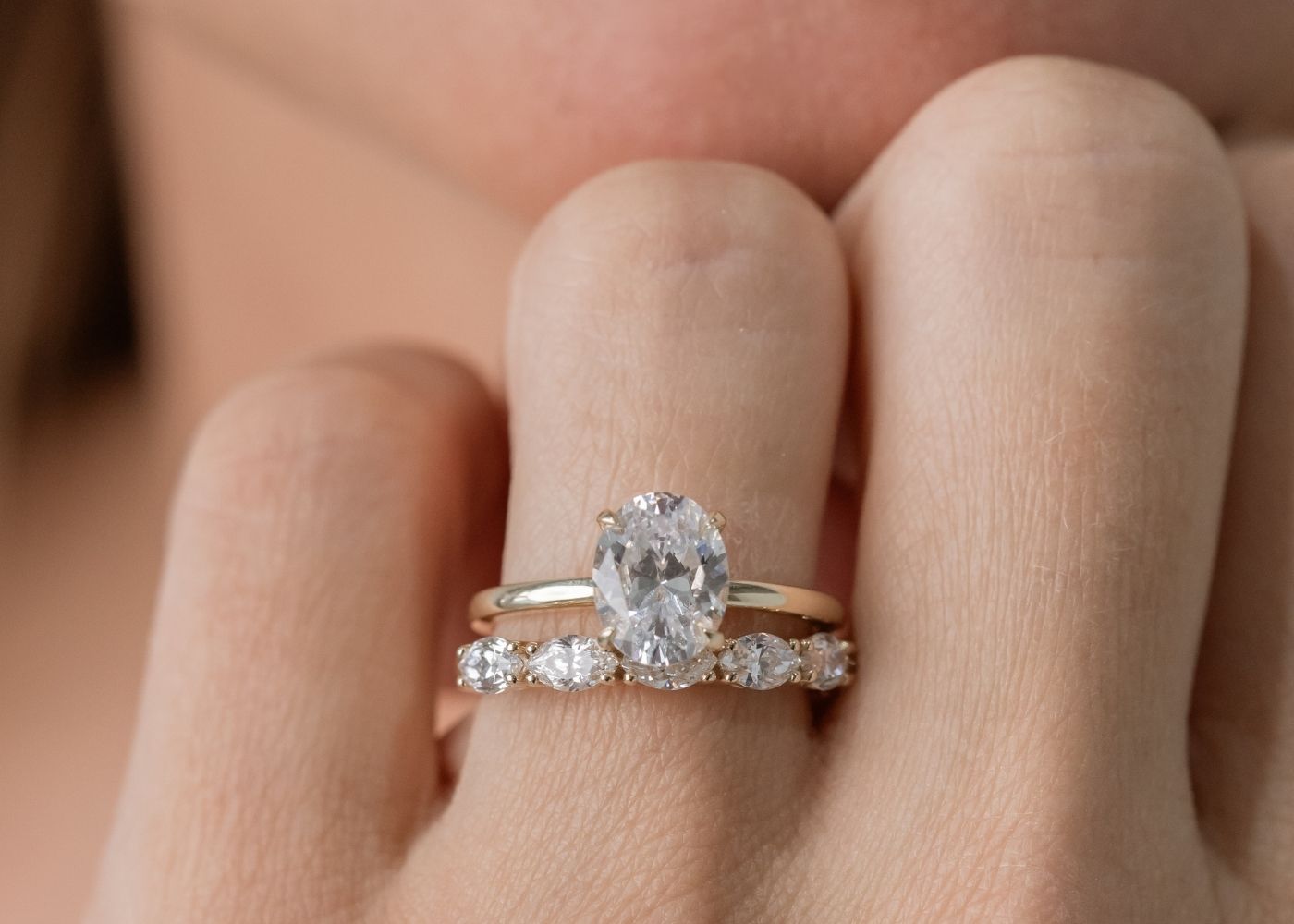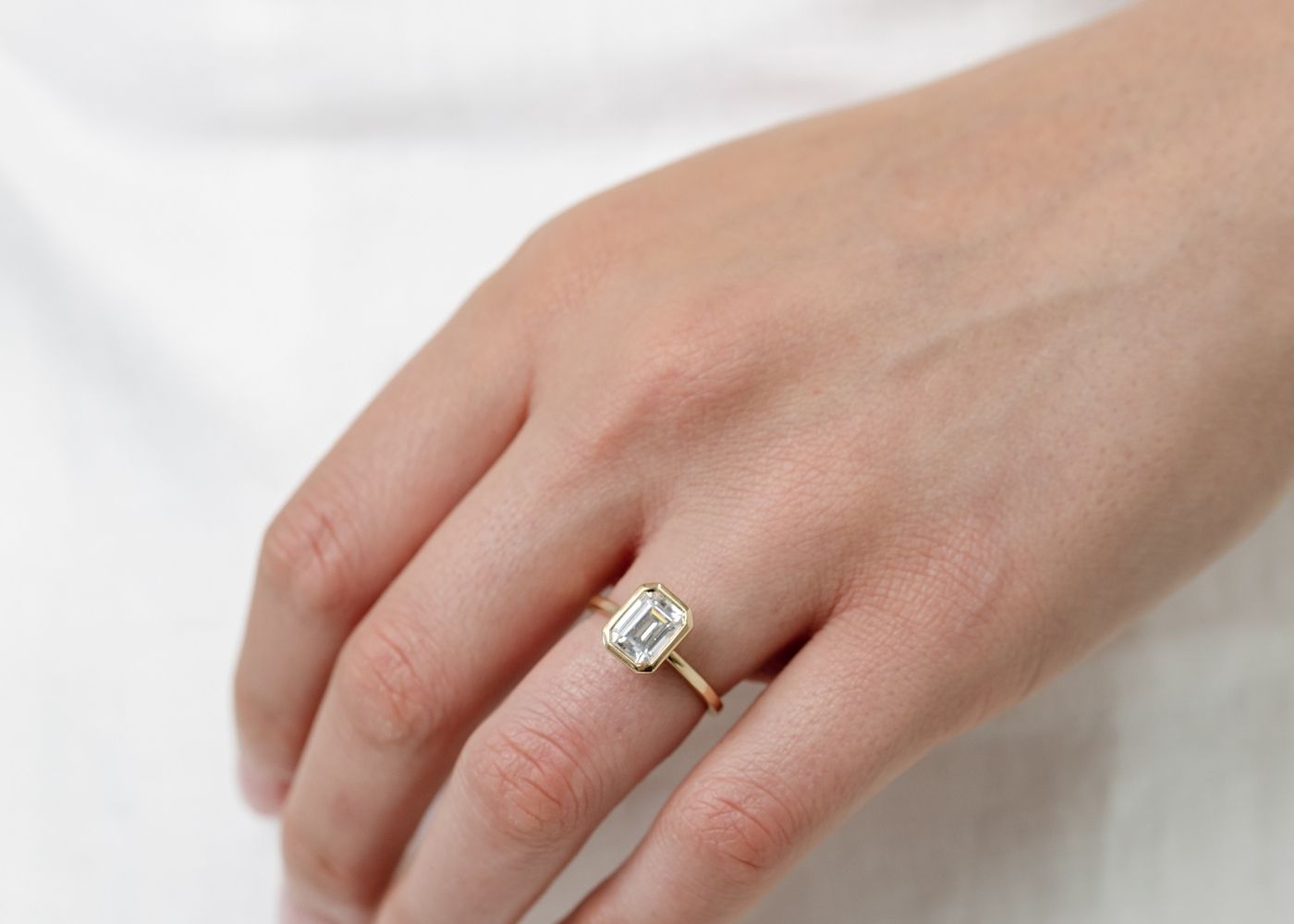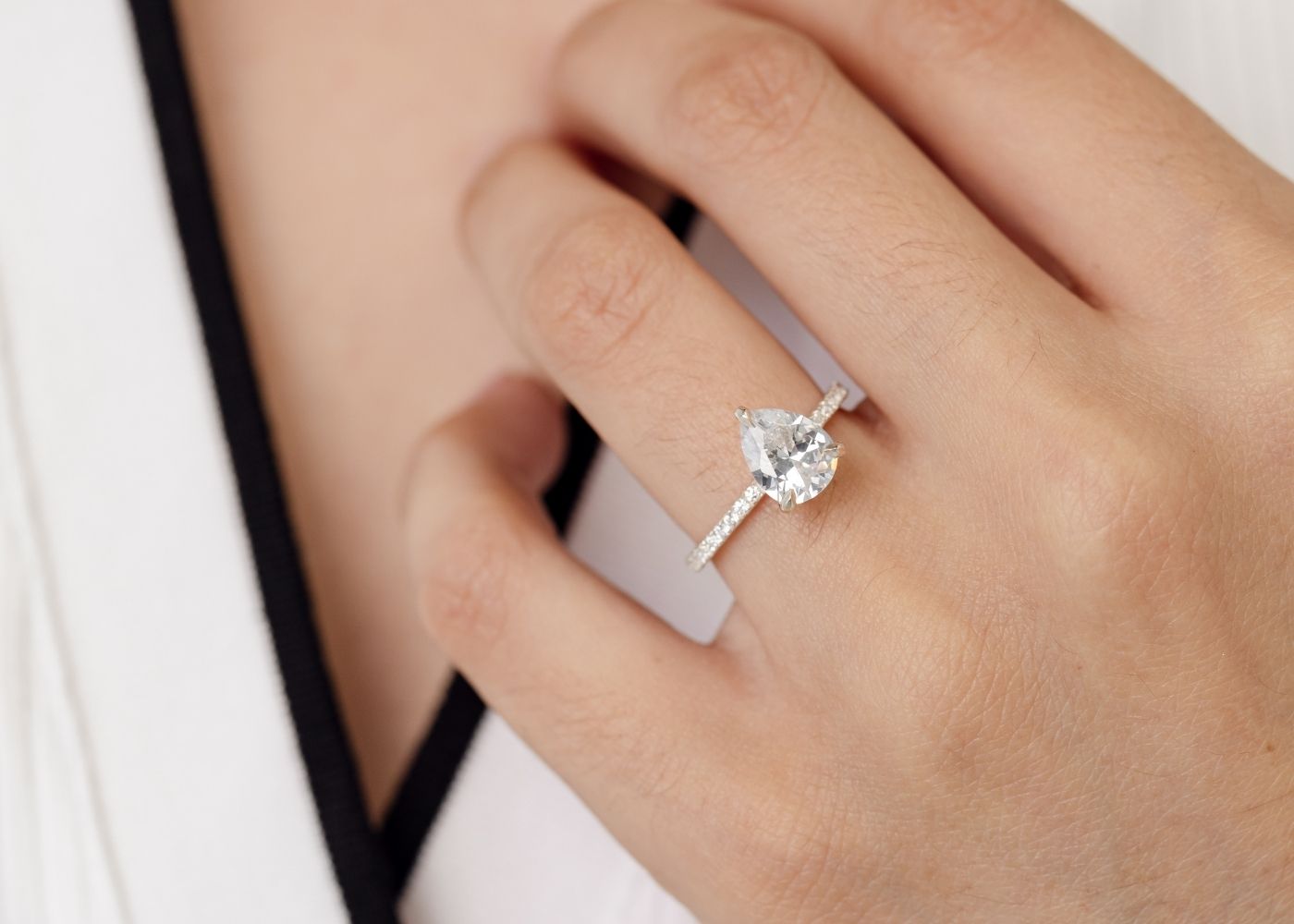Amethyst
Structure, Hue and Tone
- Amethyst is a purple variety of quartz.
- Its violet color is due to irradiation and impurities of iron.
- The complex crystal lattice substitutions result in the color center.
- Amethyst occurs in primary hues from light lavender to deep purple.
- It can exhibit secondary hues of red and blue.
- High-quality amethyst can be found in Siberia, Sri Lanka, Brazil, Uruguay, and the Far East.
- Deep Siberian grade has a primary purple hue of around 75-80%.
- Rose de France is a light shade of purple that has become popular.
Geographic Distribution
- Amethyst is found in many locations around the world.
- Major production areas include Brazil, Bolivia, Uruguay, Zambia, and Canada.
- Brazil is known for large geodes within volcanic rocks.
- South Korea and Russia also have significant amethyst production.
- Amethyst occurs in various locations in the United States.
History and Mythology
- Amethyst was used as a gemstone by ancient Egyptians.
- Greeks believed it could prevent intoxication.
- Medieval European soldiers wore amethyst amulets for protection in battle.
- Beads of amethyst were found in Anglo-Saxon graves.
- Amethyst has different meanings in different cultures and time periods.
- The Greek word 'amethystos' means 'not drunken' and was believed to be an antidote against drunkenness.
- In a French myth, Bacchus pursued a maiden named Amethyste, who was transformed into a white stone by the goddess Diana to protect her chastity.
- Another variation of the myth involves Dionysus sparing the life of a mortal woman named Amethystos by turning her into a statue of quartz.
- These myths are not found in classical sources, but historical texts mention the goddess Rhea presenting Dionysus with an amethyst stone.
- Amethyst has been associated with sobriety, protection, and spiritual growth in various cultures.
Synthetic Amethyst
- Synthetic amethyst is produced through hydrothermal growth.
- Its properties are identical to natural amethyst.
- Brazil law twinning can be used to identify most synthetic amethyst.
- Treated amethyst can be produced through irradiation and heat exposure.
- Burnt amethyst is often sold as citrine or yellow quartz.
Cultural Associations, Value, Handling and Care
- Tibetans consider amethyst sacred to the Buddha and use it to make prayer beads.
- Amethyst is the birthstone for February.
- In the Middle Ages, it was a symbol of royalty and used to decorate English regalia.
- Amethyst was one of the cardinal gems, along with diamond, sapphire, ruby, and emerald, until large deposits were found in Brazil.
- It has been highly valued throughout history for its beauty and symbolism.
- Amethyst was once considered one of the most valuable gemstones, but its value decreased after extensive deposits were found in Brazil.
- It is now considered a semiprecious stone.
- Collectors look for amethyst with deep color and possibly red flashes.
- Carat weight is not the primary factor in determining the value of amethyst; color is more important.
- The highest-grade amethyst, known as Deep Russian, is exceptionally rare and highly sought after by collectors.
- The most suitable settings for gem amethyst are prong or bezel settings, while the channel method should be used with caution.
- Amethyst has good hardness but is sensitive to strong heat and prolonged exposure to light, which can cause it to lose or change its color.
- Polishing or cleaning the stone should be done with caution, using ultrasonic or steamer methods.
- Proper care and handling will prevent damage to the stone and help maintain its beauty.
- Amethyst should be protected from excessive heat and light to preserve its color and clarity.
Amethyst Data Sources
| Reference | URL |
|---|---|
| Glossary | https://harryandcojewellery.com.au/blogs/glossary/amethyst |
| Wikipedia | http://en.wikipedia.org/wiki/Amethyst |
| Wikidata | https://www.wikidata.org/wiki/Q79058 |
| Knowledge Graph | https://www.google.com/search?kgmid=/m/0p7h |





